The ban on ivory trade has left a significant void in Sri Lanka’s traditional craftsmanship, particularly in the small village of Horanawa. For generations, the artisans here have relied on ivory as their primary medium, creating intricate carvings that were not just art but also a vital part of the local economy. With the global crackdown on ivory to protect elephant populations, these craftsmen have been forced to adapt, seeking alternative materials that can sustain their livelihoods while adhering to new environmental and legal standards.
Horanawa’s artisans have turned to materials like jackwood, buffalo horn, and coconut shell, each offering unique textures and challenges. Jackwood, locally known as kos, has become a popular substitute due to its durability and ease of carving. Unlike ivory, however, it lacks the natural luster and fine grain that made ivory so desirable. Buffalo horn, another alternative, provides a closer resemblance to ivory in terms of color and polish, but its brittle nature makes it difficult to work with on intricate designs. Coconut shell, though abundant, requires extensive treatment to achieve a workable state, often resulting in higher production costs.
The shift has not been easy. Many older craftsmen, who spent decades mastering ivory, now struggle to adapt their techniques to these new materials. Younger artisans, though more willing to experiment, face a market that still associates high value with ivory. "Customers ask for the real thing," says Lalith, a third-generation carver. "They don’t understand that we can’t give them what they once had. We have to convince them that these alternatives can be just as beautiful."
Beyond materials, the ban has also spurred innovation in design. Artisans are no longer limited to traditional motifs; instead, they are exploring contemporary themes that appeal to a broader, often younger, audience. Some have even begun incorporating mixed media, combining wood or horn with metals or resins to create hybrid pieces that stand out in both local and international markets. This creative evolution has opened doors to collaborations with designers from Colombo and beyond, fostering a new wave of Sri Lankan craftsmanship.
Yet, challenges remain. The lack of standardized training for working with alternative materials means that quality can vary widely. Additionally, the higher cost of some substitutes, coupled with the time-intensive nature of mastering new techniques, has put financial strain on many families in Horanawa. Government and NGO initiatives have stepped in, offering workshops and subsidies to ease the transition, but progress is slow. For a community that once thrived on a now-forbidden resource, the road to sustainability is fraught with uncertainty.
Despite these hurdles, there is a sense of cautious optimism in Horanawa. The artisans here are not just surviving; they are redefining their craft for a new era. The ivory ban, though disruptive, has inadvertently pushed them toward innovation, ensuring that their cultural heritage endures—not in ivory, but in the resilience and adaptability of the people who keep it alive.

By /Jun 6, 2025

By /Jun 6, 2025
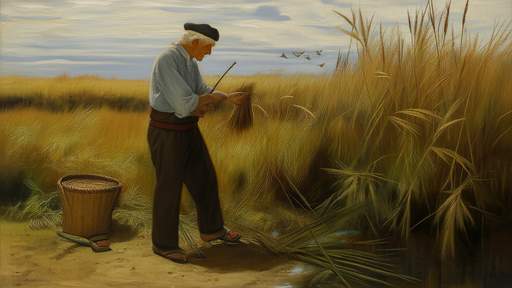
By /Jun 6, 2025
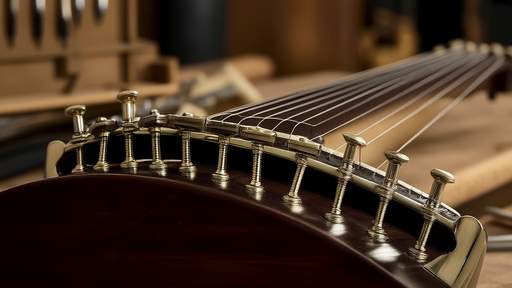
By /Jun 6, 2025
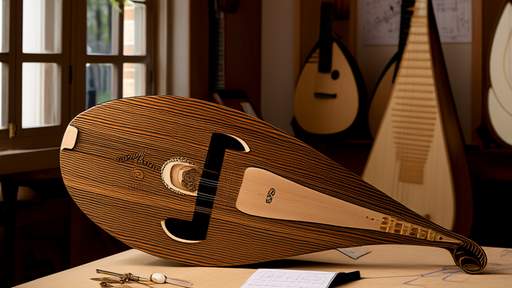
By /Jun 6, 2025
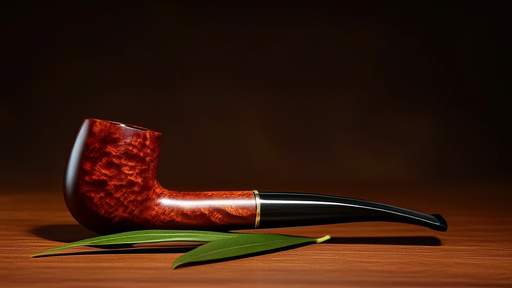
By /Jun 6, 2025
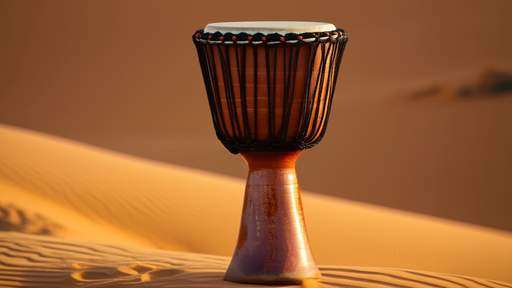
By /Jun 6, 2025

By /Jun 6, 2025

By /Jun 6, 2025

By /Jun 6, 2025

By /Jun 6, 2025

By /Jun 6, 2025
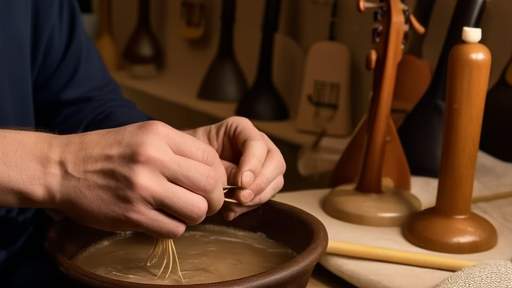
By /Jun 6, 2025

By /Jun 6, 2025
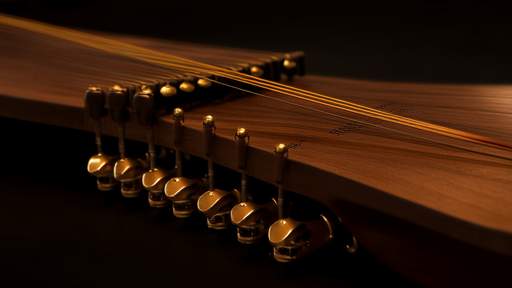
By /Jun 6, 2025
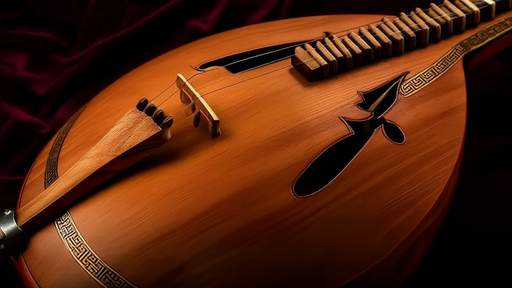
By /Jun 6, 2025
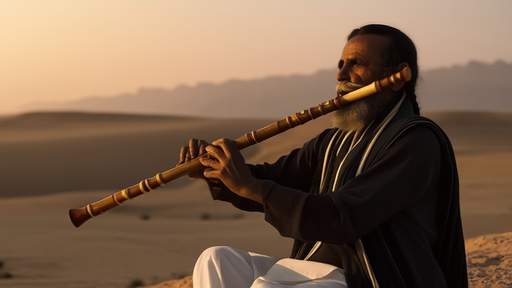
By /Jun 6, 2025
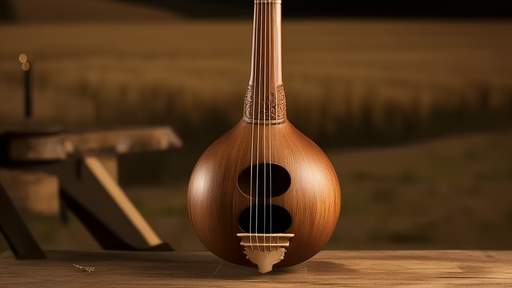
By /Jun 6, 2025
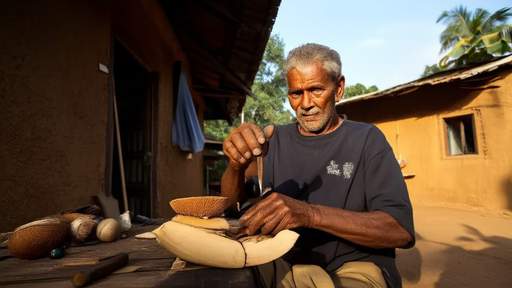
By /Jun 6, 2025
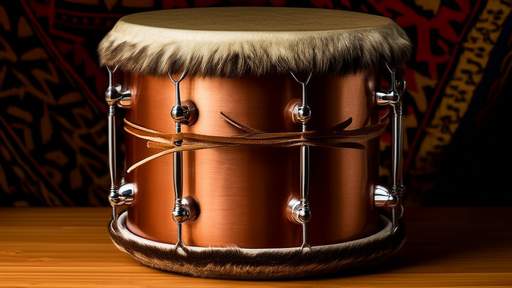
By /Jun 6, 2025